Chinese Ceramics sold at Sotheby's New York, 22 March 2023
Lot 527. Property from the Collection of Robin Bradley Martin. The Guennol 'Jun' blue-glazed small dish, Northern Song- Jin dynasty (960-1234). Diameter 4½ in., 11.5 cm. Lot Sold 50,800 USD (Estimate 10,000 - 15,000 USD). © 2023 Sotheby's
Provenance: Eskenazi Ltd., London, 17th April 1979.
The Guennol Collection (collection of Alastair Bradley Martin and Edith Martin), and thence by descent.
Literature: Amy G. Poster, 'Chun-yao Glazed Stoneware Dish', The Guennol Collection, vol. II, New York, 1982, p. 87.
Lot 528. A 'Jun' bowl, Northern Song dynasty (960-1127). Diameter 4⅛ in., 10.6 cm. Lot Sold 17,780 USD (Estimate 5,000 - 7,000 USD). © 2023 Sotheby's
Provenance: Sotheby's Hong Kong, 20th May 1986, lot 8.
Note: Compare a similar bowl with deep U-shaped sides in the Metropolitan Museum of Art, New York (accession no. 20.45), illustrated in Suzanne G. Valenstein, A Handbook of Chinese Ceramics, New York, 1989, pl. 77; and another illustrated in Nils Palmgren, ed., Selected Chinese Antiquities from the collection of Gustaf Adolf Crown Prince of Sweden, Stockholm, 1948, pl. 81, fig. 1.
Lot 529. A 'Longquan' celadon-glazed washer, Southern Song dynasty (1127-1279). Diameter 5¾ in., 14.6 cm. Lot Sold 16,510 USD (Estimate 6,000 - 8,000 USD). © 2023 Sotheby's
Provenance: J.J. Lally & Co., New York.
Collection of Bruce (1918-2015) and Ruth Stricker (1935-2020) Dayton.
Lot 530. An extremely rare persimmon-glazed floriform bowl, Northern Song dynasty (960-1127). Diameter 5½ in., 13.9 cm. Lot Sold 63,500 USD (Estimate 20,000 - 30,000 USD). © 2023 Sotheby's
Provenance: Collection of Dr. Cornelius Osgood (1905-1985).
Note: This persimmon-glazed bowl is extremely rare due to its unusual floral form, rarely seen on brown or black-glazed wares of the Song dynasty. The design, likely based on a mallow flower, which represented longevity and a fulfilling life, is more commonly found in lacquer, metal and other ceramics, including Ru, Guan and Ding. During the Song dynasty there existed a close dialogue between monochrome ceramics and lacquer wares, and the russet-brown glaze of this bowl is particularly reminiscent of a group of brown-lacquered mallow-form dishes, such as one in the Metropolitan Museum of Art, New York, illustrated James Watt and Barbara Brennan Ford, East Asian Lacquer: The Florence and Herbert Irving Collection, Metropolitan Museum of Art, New York, 1991, cat. no. 2.
Dr. Cornelius Osgood (1905-1985) was a professor of anthropology at Yale University, New Haven, and a leading scholar of the cultures of the Arctic and East Asia. Joining the Peabody Museum of Natural History at Yale in 1930, Osgood became the curator of its anthropology department in 1934 and was appointed the Peabody's associate director in 1966. He built up a strong collection of Chinese porcelain, with many works acquired from Frank Caro.
Lot 531. A 'Longquan' celadon-glazed tripod censer, Southern Song dynasty (1127-1279). Diameter 5⅜ in., 13.7 cm. Lot Sold 146,050 USD (Estimate 80,000 - 120,000 USD). © 2023 Sotheby's
Provenance: Sotheby's Hong Kong, 21st-22nd May 1985, lot 76.
Muwentang Collection.
Sotheby's London, 12th November 2003, lot 90.
Asian Private Collection.
Christie's Hong Kong, 4th October 2016, lot 119.
Exhibited: Song Ceramics from the Kwan Collection, Hong Kong Museum of Art, Hong Kong, 1994, cat. no. 56.
Note: The delicate celadon glaze and clear profile of this censer demonstrates the level of artistic and technical refinement achieved at the Longquan kilns during the Southern Song dynasty. Distributed in southern Zhejiang province, these kilns had been producing fine celadon wares in the preceding Northern Song period, although their popularity peaked after the move of the Song capital to Hangzhou. The support of the newly-established Southern Song court and the kilns' ability to produce very fine wares gave an unprecedented boost to the Longquan kilns. Both the court and scholar-officials that settled in Hangzhou favored wares with seemingly modest forms covered in mesmerizing glazes with a depth of color and tactility that resembled treasured jade. To recreate the jade-like appearance, craftsmen began replacing the traditional lime glaze used for making the celadon tone, with a lime-alkali glaze, which resulted in higher viscosity and softer gloss. The glaze was applied in multiple layers, thus appearing thick and lustrous.
Longquan craftsmen were quick at adapting to the demands of the Southern Song dynasty, whose aesthetic ideals were well-rooted in Neo-Confucian philosophy. Neo-Confucianism gave rise to a centralized bureaucracy governed by scholar-officials selected through civil service examinations. A class of highly educated government officials, who displayed an increasing interest in China's Bronze Age, thus emerged. This led to a revival of antiquarianism and the study of antiques and history, which were considered a guiding principle in the pursuit of virtue. Potters at manufactories in southern China adopted these principles and introduced archaic forms into their repertoire. The form of the present censer, for example, was inspired by archaic bronze li, food vessels with tri-lobed bodies supported on three legs.
Longquan censers of this form are held in important museums and private collections worldwide: two censers in the Palace Museum, Beijing, are illustrated in The Complete Collection of Treasures of the Palace Museum. Porcelain of the Song Dynasty (II), Hong Kong, 1999, pls 121 and 122; and one in the Tokyo National Museum, is published in Oriental Ceramics. The World's Great Collections, vol. 1, Tokyo, 1982, pl. 97. For auctioned examples, see one from the collection of Tokiwayama Bunko Foundation, Tokyo, sold in our Hong Kong rooms, 9th October 2020, lot 100.
Lot 532. A carved Qingbai 'cloud scroll' conical bowl, Northern Song dynasty (960-1127). Diameter 7⅜ in., 18.8 cm. Lot Sold 3,175 USD (Estimate 3,000 - 5,000 USD). © 2023 Sotheby's
Provenance: Canadian Private Collection, acquired prior to the 1990s.
Lot 533. A carved Ding' 'lotus' dish, Northern Song dynasty (960-1127). Diameter 6⅞ in., 17.5 cm. Lot Sold 12,700 USD (Estimate 5,000 - 7,000 USD). © 2023 Sotheby's
Provenance: Dragon House Oriental Fine Arts and Antiques, San Francisco, 14th August 1995
Lot 534. A carved 'Ding' 'mandarin ducks' dish, Northern Song dynasty (960-1127). Diameter 8⅝ in., 22 cm. Lot Sold 12,700 USD (Estimate 10,000 - 20,000 USD). © 2023 Sotheby's
Provenance: Hong Kong Private Collection, acquired in the 1990s.
Note: The present dish, fluently incised with one of the classic designs of a pair of waterfowl in a pond, displays the characteristics attributed to the finest Ding wares. Celebrated for their thin potting and fine near-white body which did not require an application of slip and an ivory-colored glaze which tends to run down in somewhat darker 'tears', Ding wares were ranked among the 'Five Great Wares' of the Song, a term coined by collectors of the Ming and Qing dynasties. The high quality of this bowl is evident in its feather-light weight body which has been expertly evenly glazed. Ding designs generally display a high level of naturalness and fluidity, but the maker of this bowl appears to have been particularly skilled at rendering lines in a spontaneous manner, creating a decoration that is precise yet particularly free in execution.
Three dishes of comparable form and pattern, attributed to the Northern Song to Jin dynasty, are included in Decorated Porcelains of Dingzhou. White Ding wares from the collection of the National Palace Museum, National Palace Museum, Taipei, 2014, cat. nos II-73, II-74, and II-75.
Lot 535. A carved Yaozhou' celadon-glazed 'floral' bowl, Northern Song dynasty (960-1127). Diameter 4⅝ in., 11.7 cm. Lot Sold 3,810 USD (Estimate 3,000 - 5,000 USD). © 2023 Sotheby's
Provenance: Jung's Inc., Wilmington, 5th June 1995.
Lot 693. A large painted pottery figure of a horse, Han dynasty (206 BC-220 AD). Height 43¾ in., 111 cm ; wood stand (2). Lot Sold 6,350 USD (Estimate 10,000 - 15,000 USD). © 2023 Sotheby's
Provenance: Acquired in 1999.
Roger Keverne, London, 2004.
Note: The dating of this lot is consistent with the results of Oxford Authentication Ltd. thermoluminescence test no. C122h15.
Lot 695. A large sancai-glazed pottery figure of a Lokapala, Tang dynasty (618-907). Height 44⅜ in., 112.8 cm. Lot Sold 19,050 USD (Estimate 20,000 - 30,000 USD). © 2023 Sotheby's
Provenance: China House of Arts, New York.
Note: The dating of this lot is consistent with the results of Oxford Authentication Ltd. thermoluminescence test no. C122a8.
Lot 696. A large large painted pottery figure of a guardian, Tang dynasty (618-907). Height 41 in., 104 cm. Lot Sold 5,080 USD (Estimate 8,000 - 12,000 USD). © 2023 Sotheby's
Provenance: China House of Arts, New York.
Note: The dating of this lot is consistent with the results of Oxford Authentication Ltd. thermoluminescence test no. C122a5.
Sotheby's. Important Chinese Art, New York, 22 March 2023

/https%3A%2F%2Fprofilepics.canalblog.com%2Fprofilepics%2F1%2F0%2F100183.jpg)
/https%3A%2F%2Fstorage.canalblog.com%2F03%2F02%2F119589%2F96711876_o.jpg)
/https%3A%2F%2Fstorage.canalblog.com%2F11%2F31%2F119589%2F94773502_o.jpg)
/https%3A%2F%2Fstorage.canalblog.com%2F20%2F83%2F119589%2F94772815_o.jpg)
/https%3A%2F%2Fstorage.canalblog.com%2F26%2F72%2F119589%2F75604929_o.jpg)
/https%3A%2F%2Fstorage.canalblog.com%2F59%2F60%2F119589%2F26458628_o.jpg)
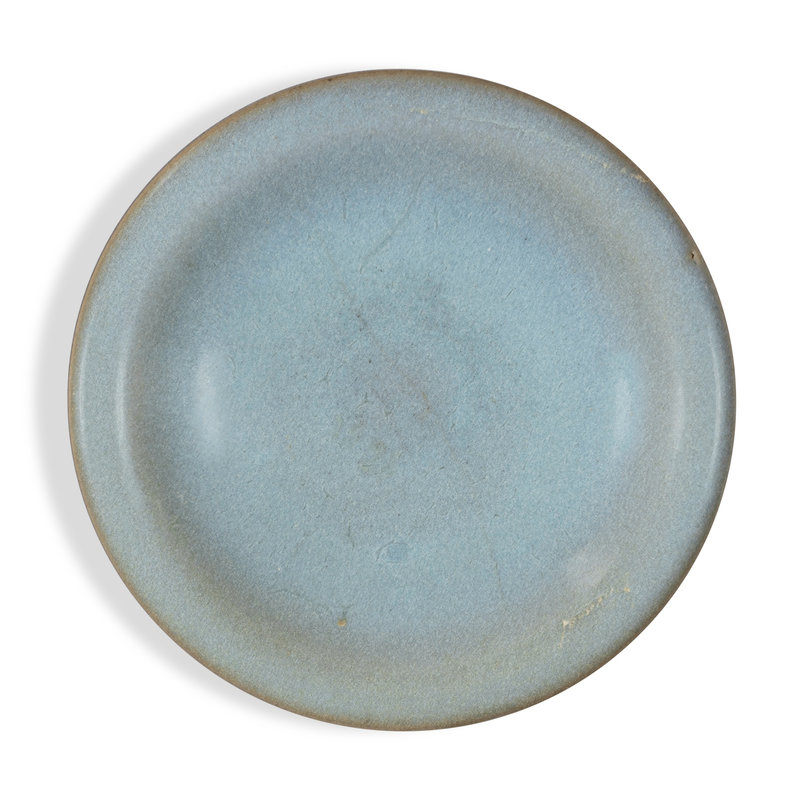
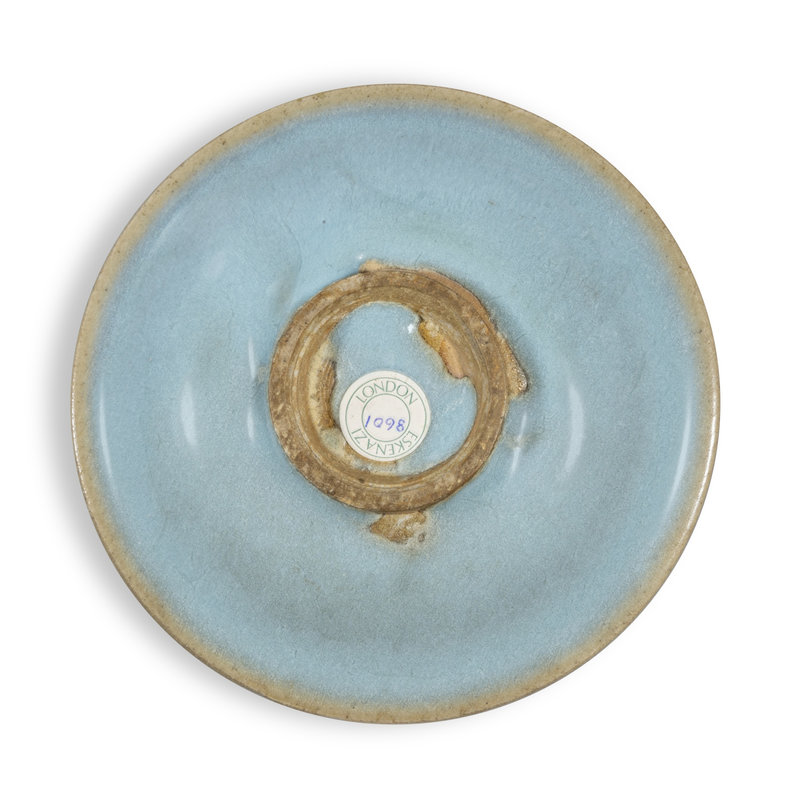
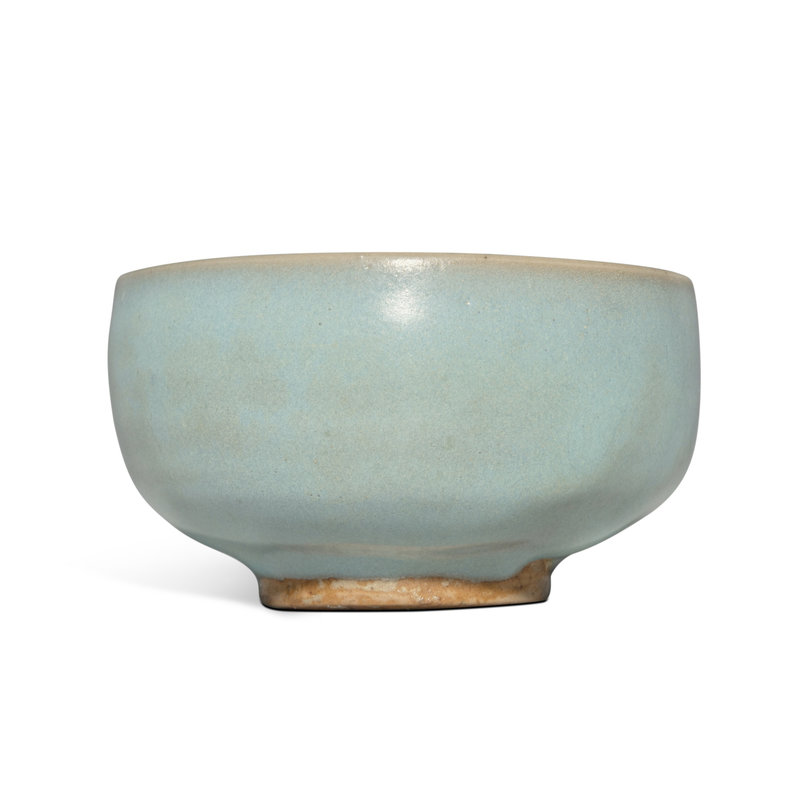
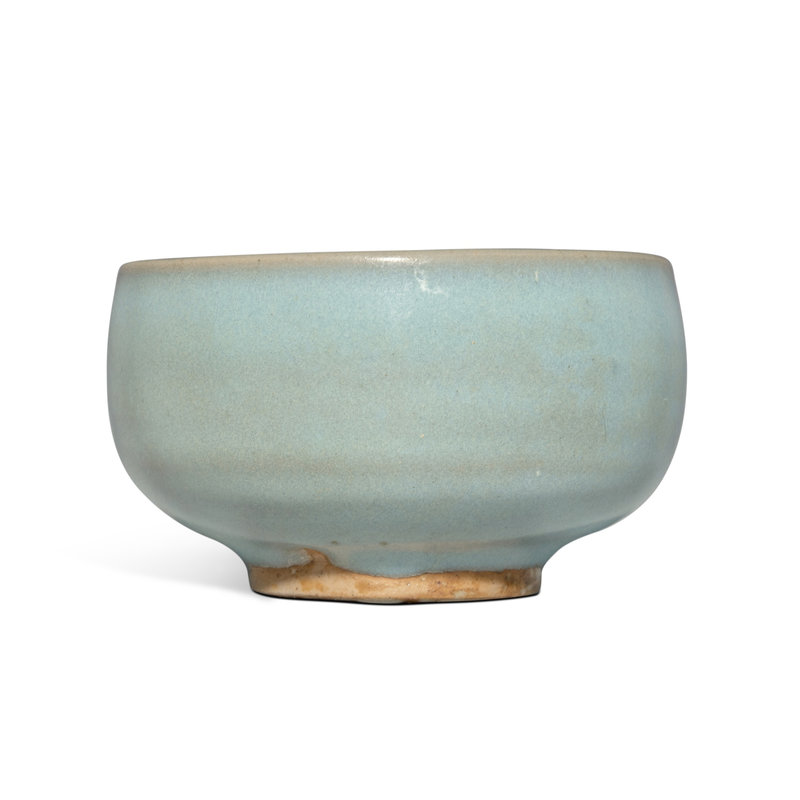
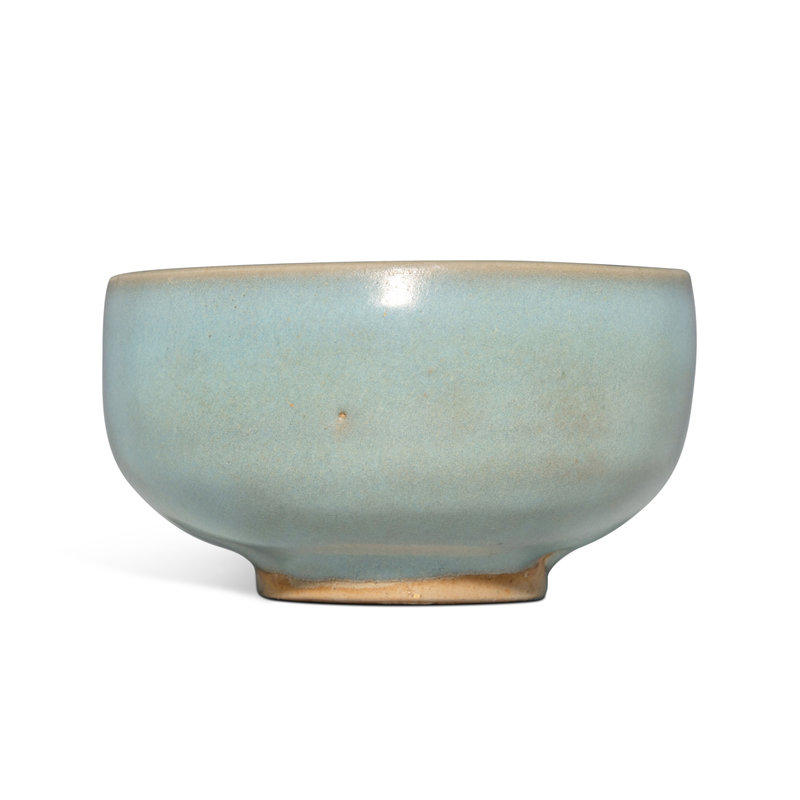
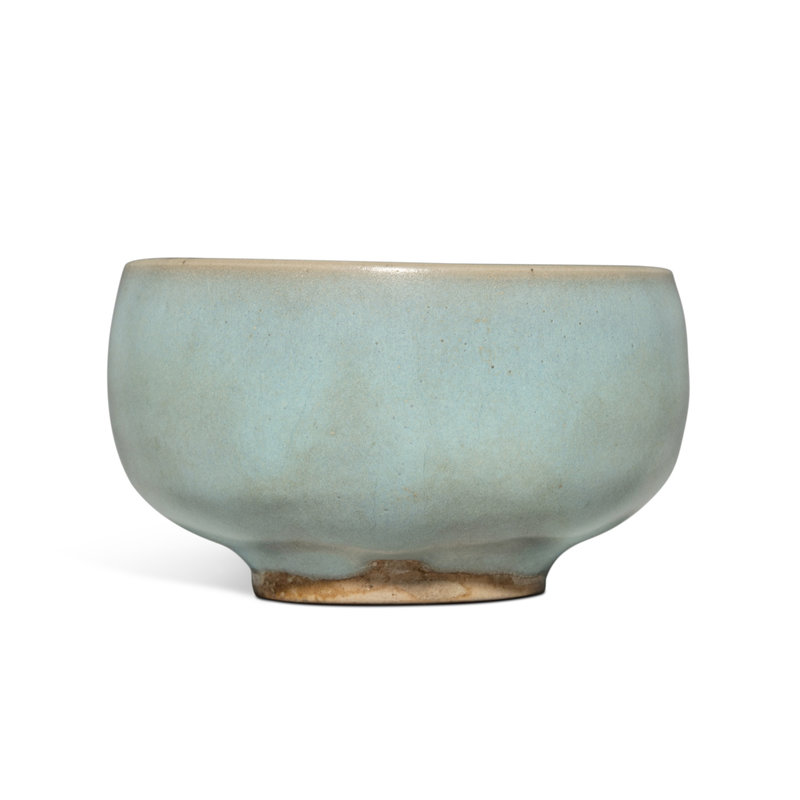
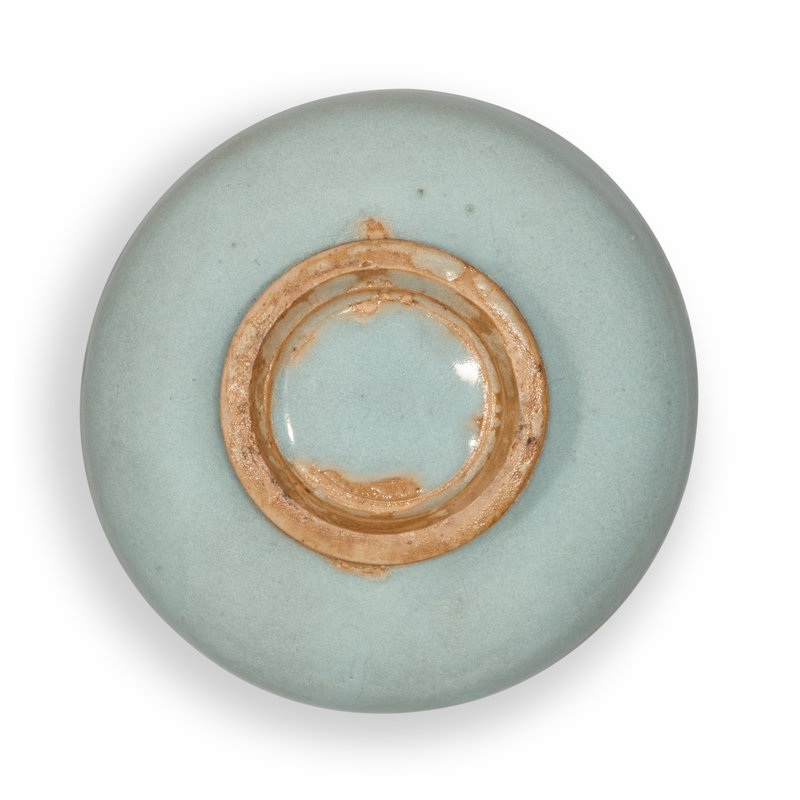
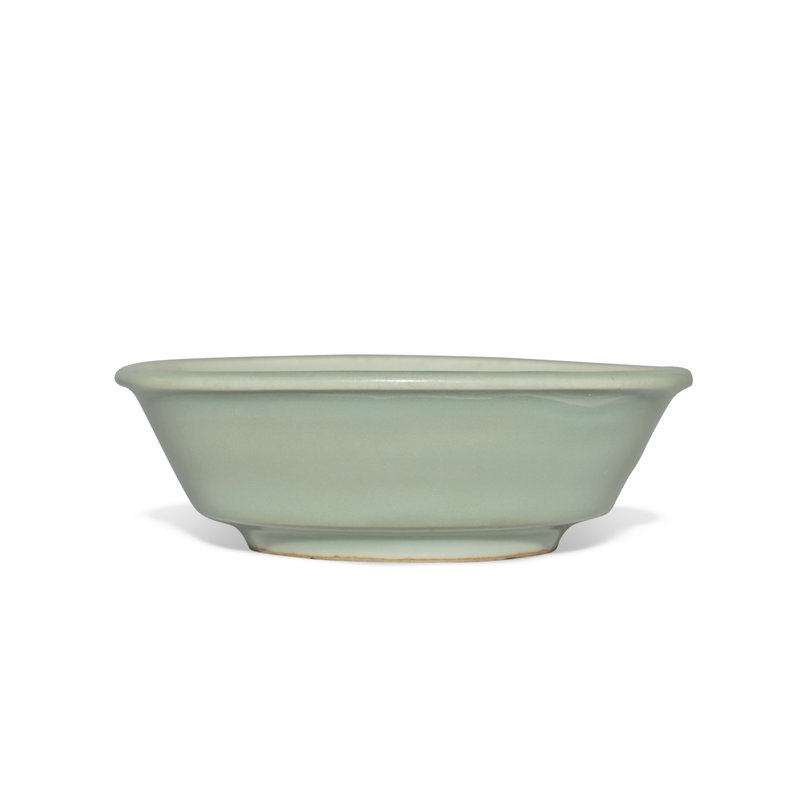
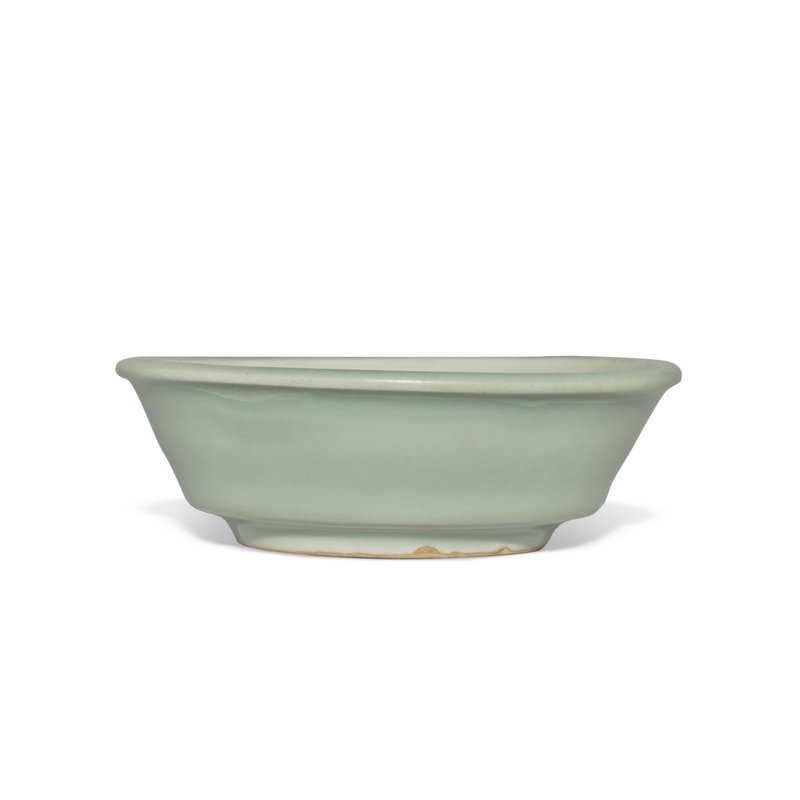




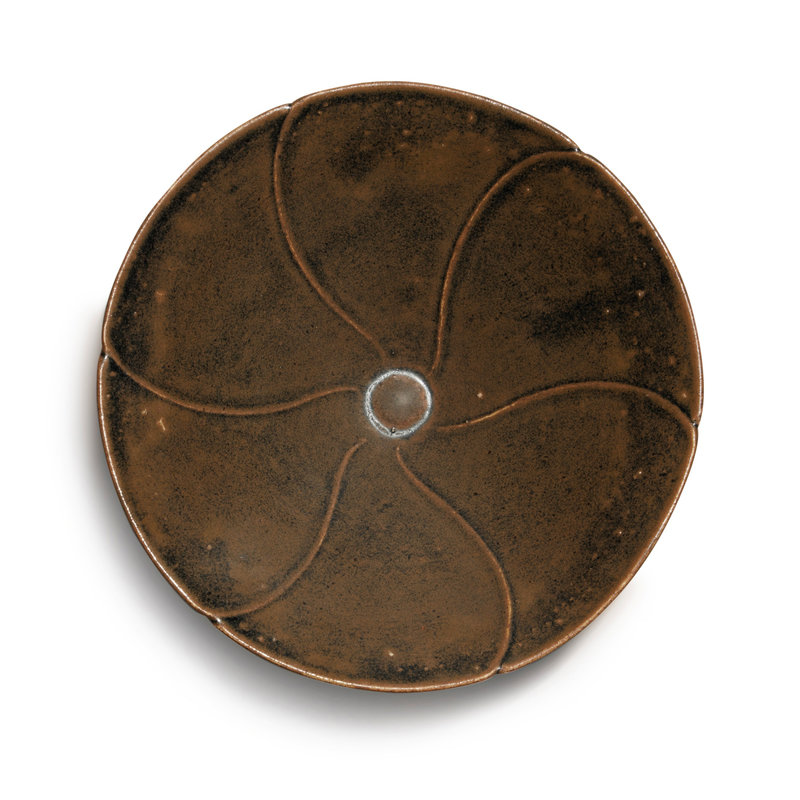



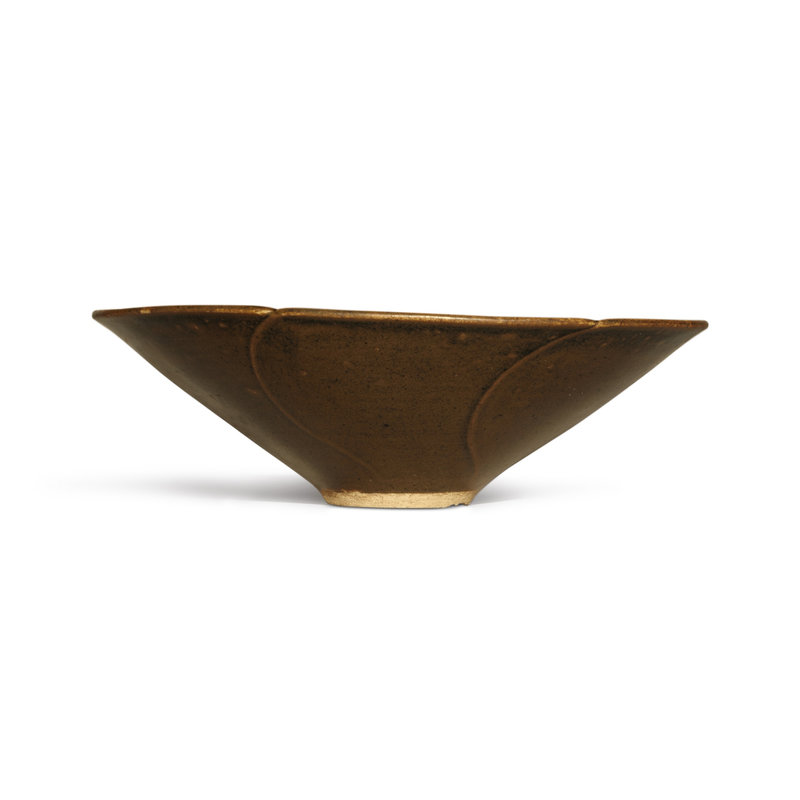




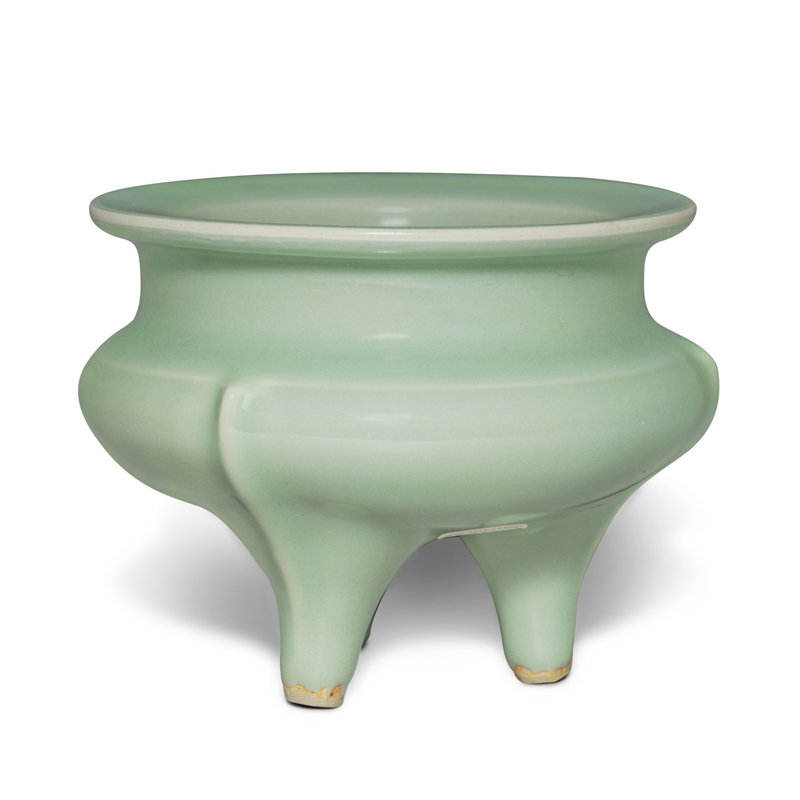

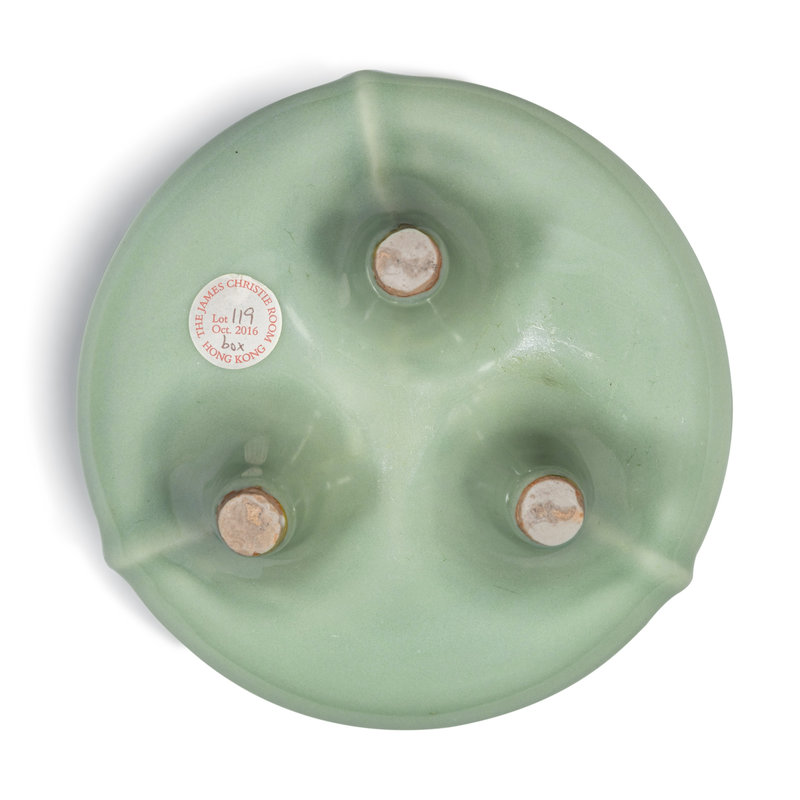

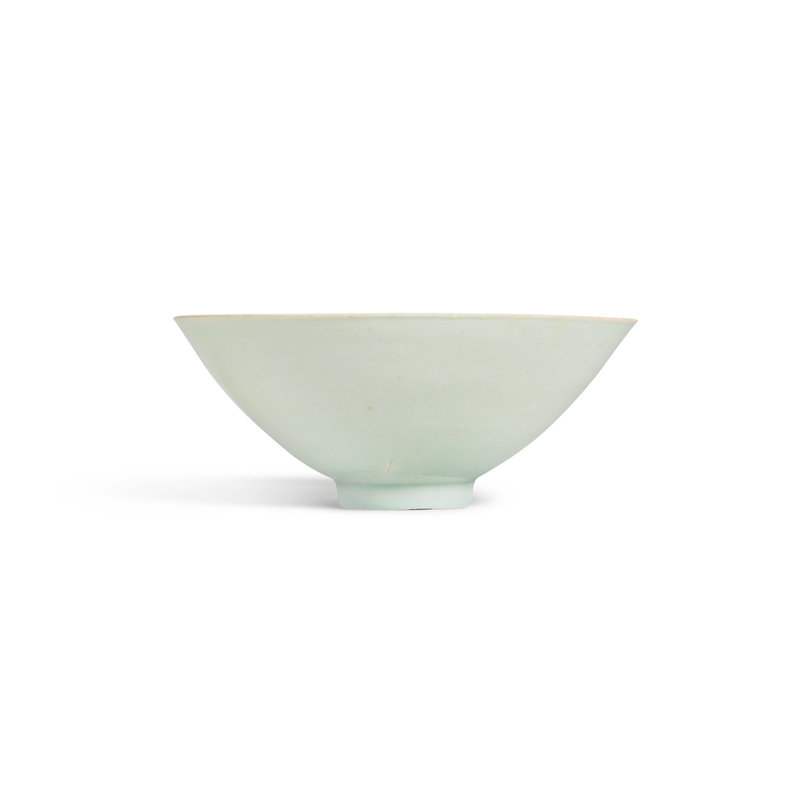

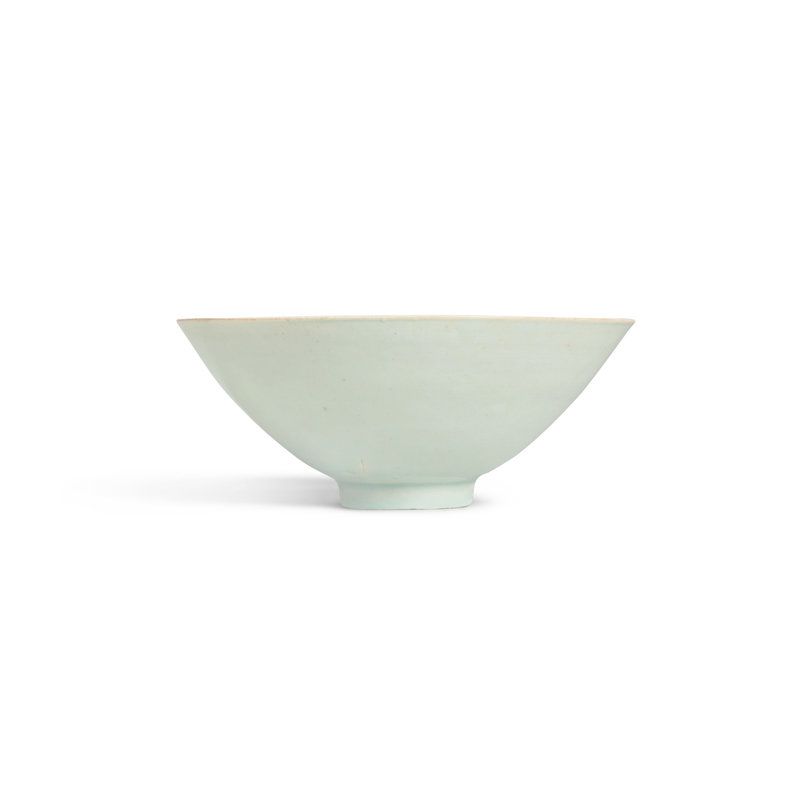

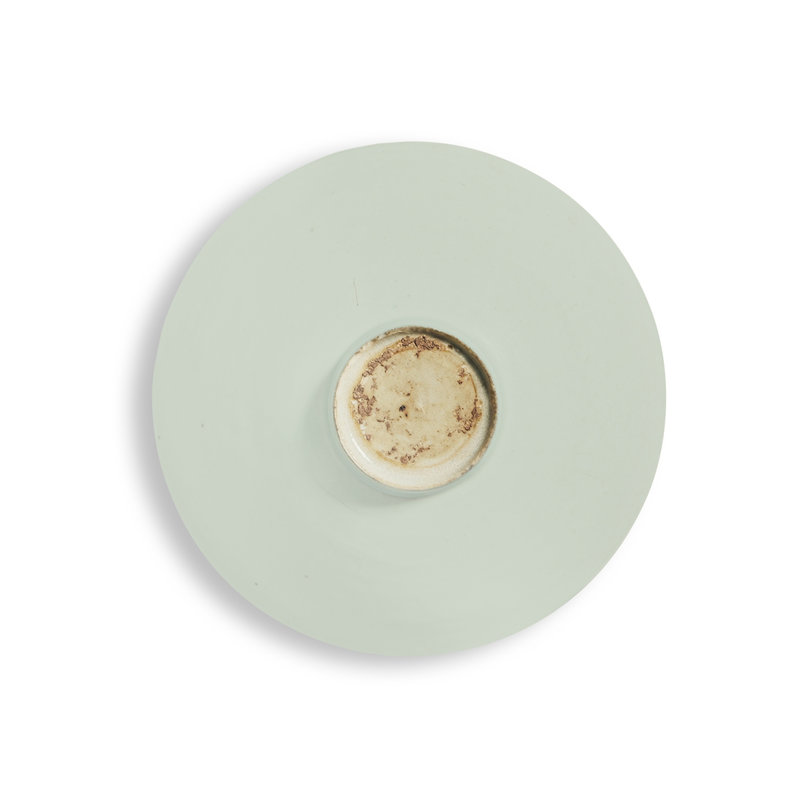

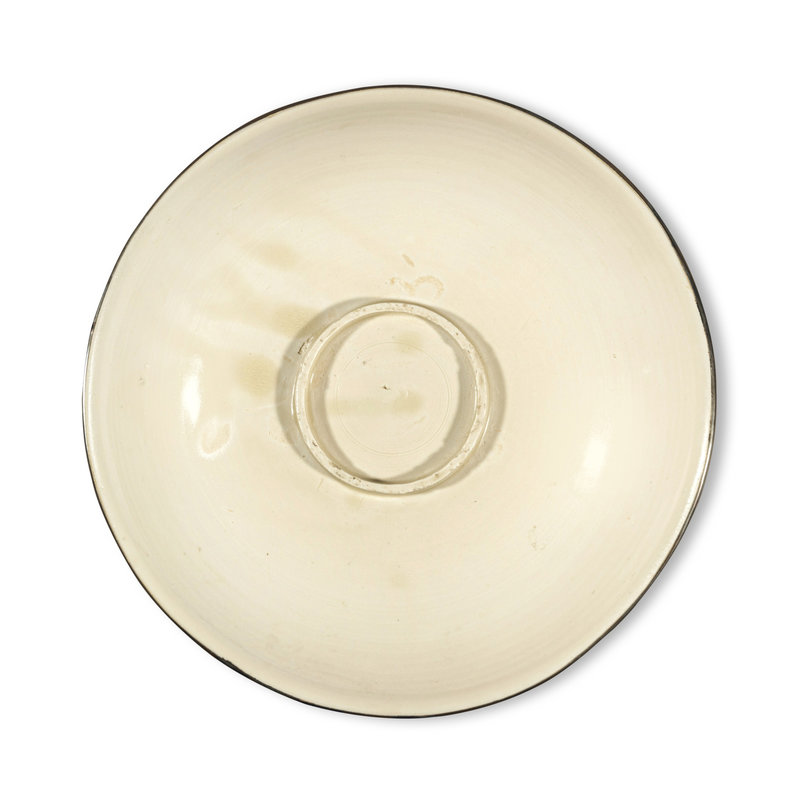

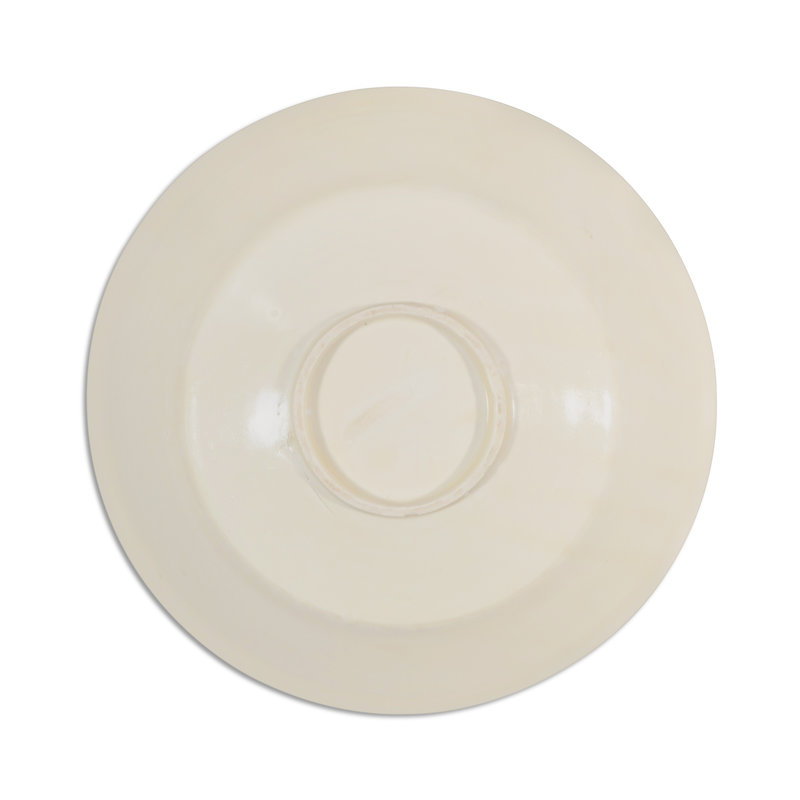

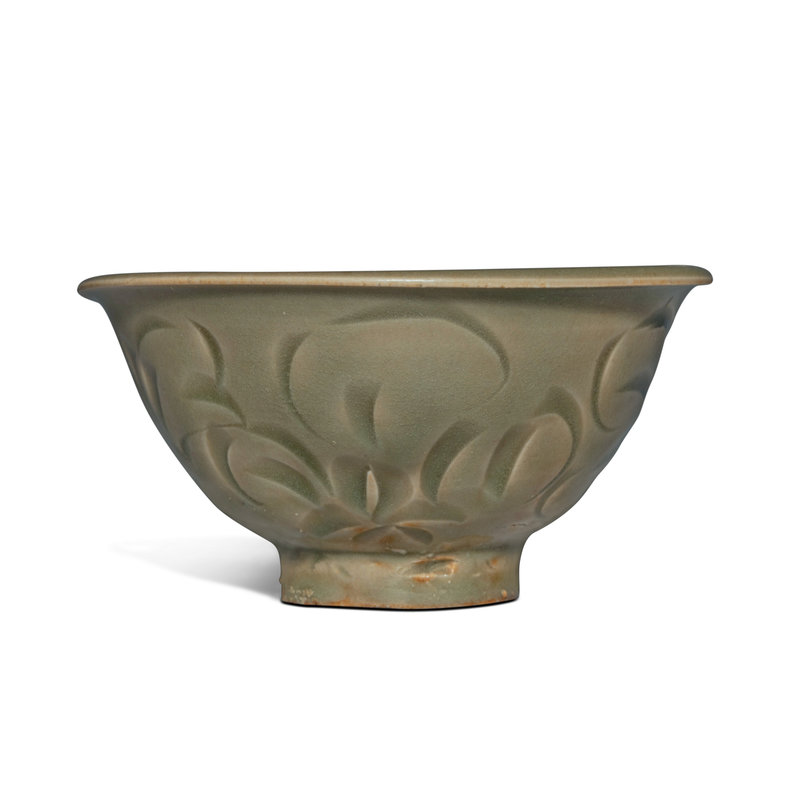


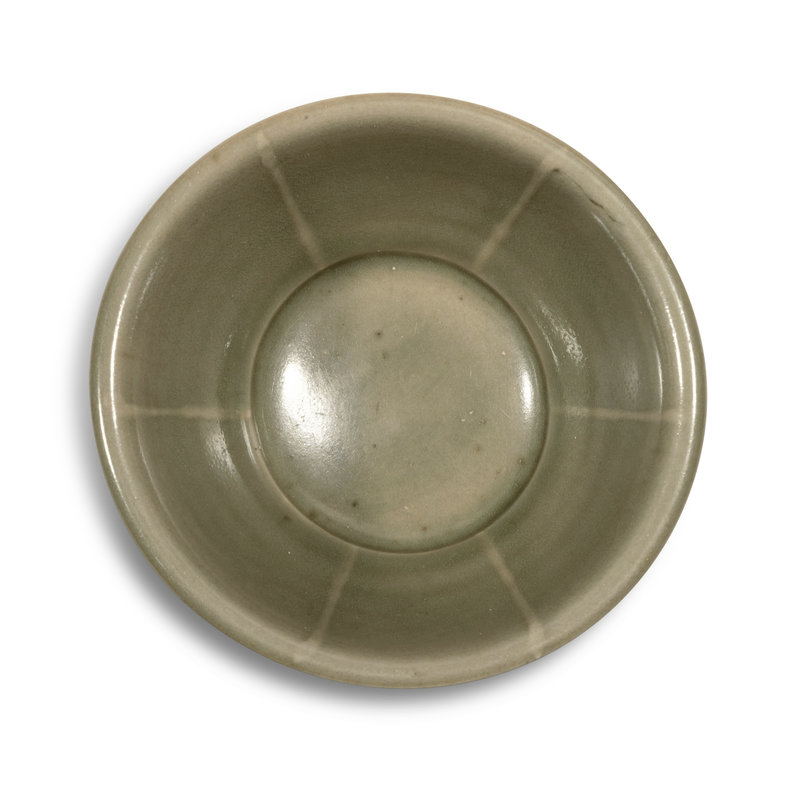


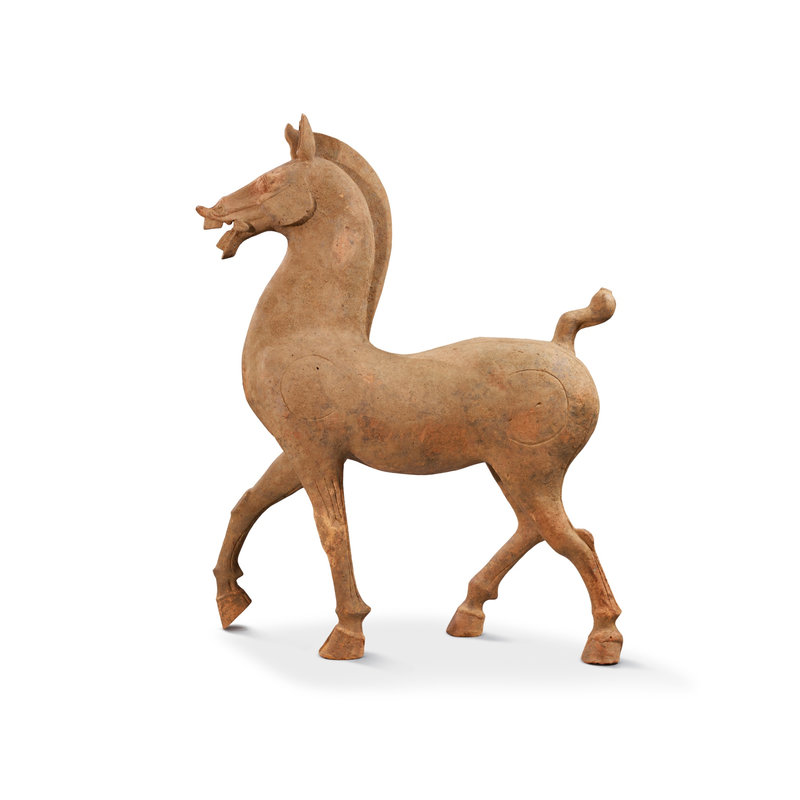





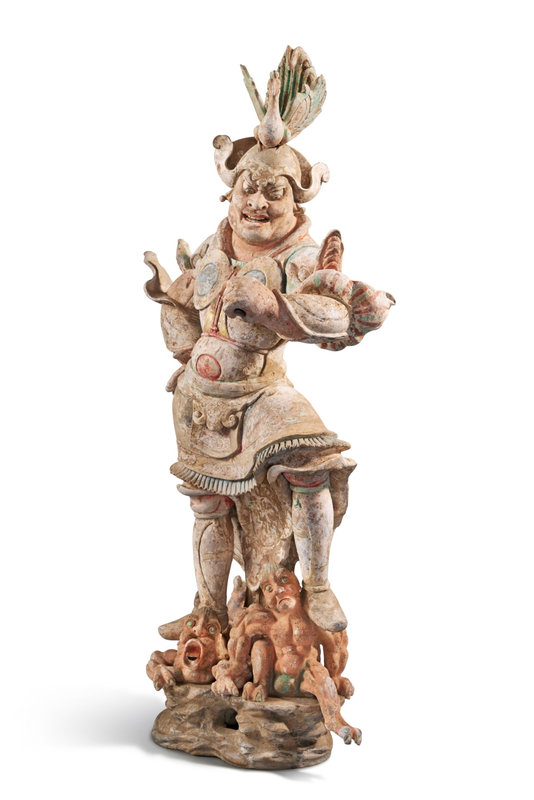


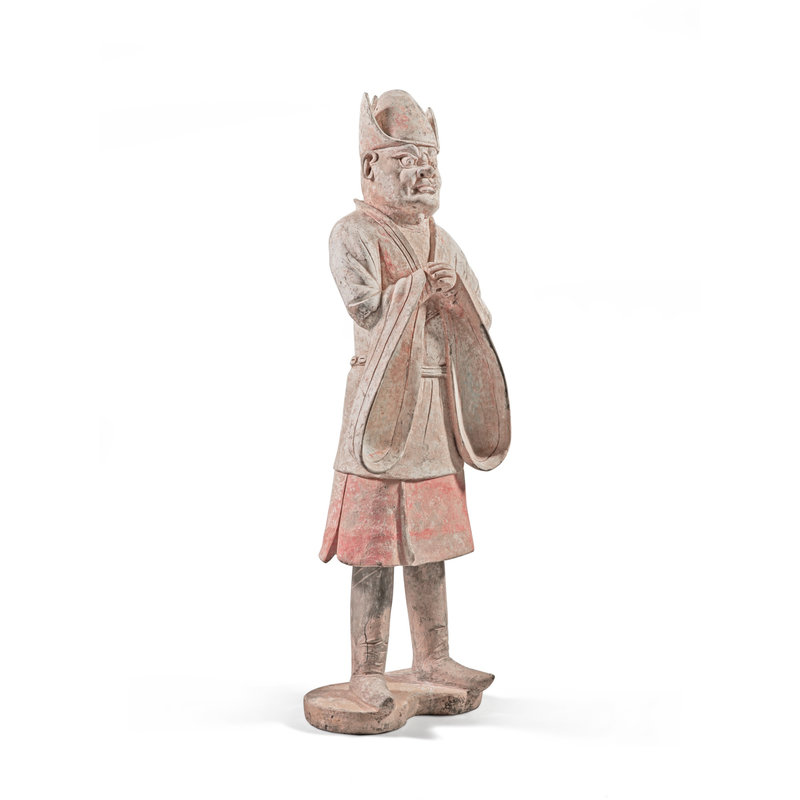
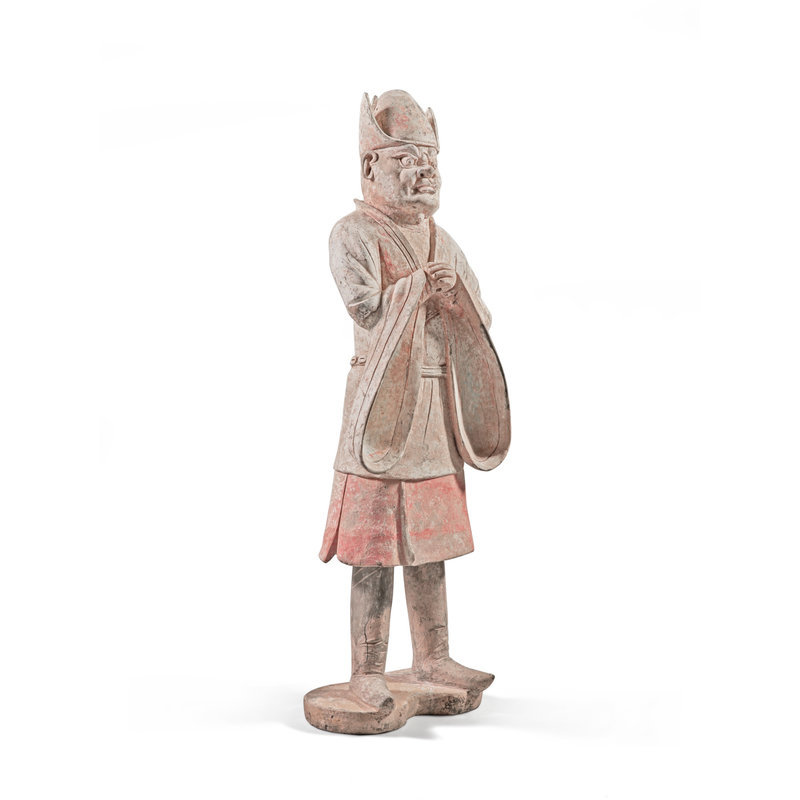

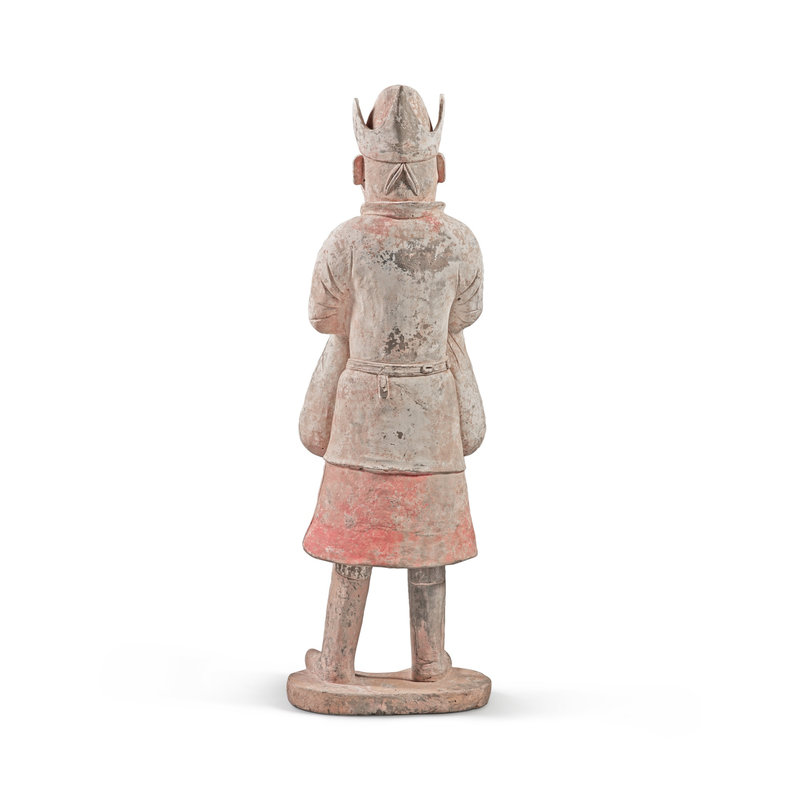
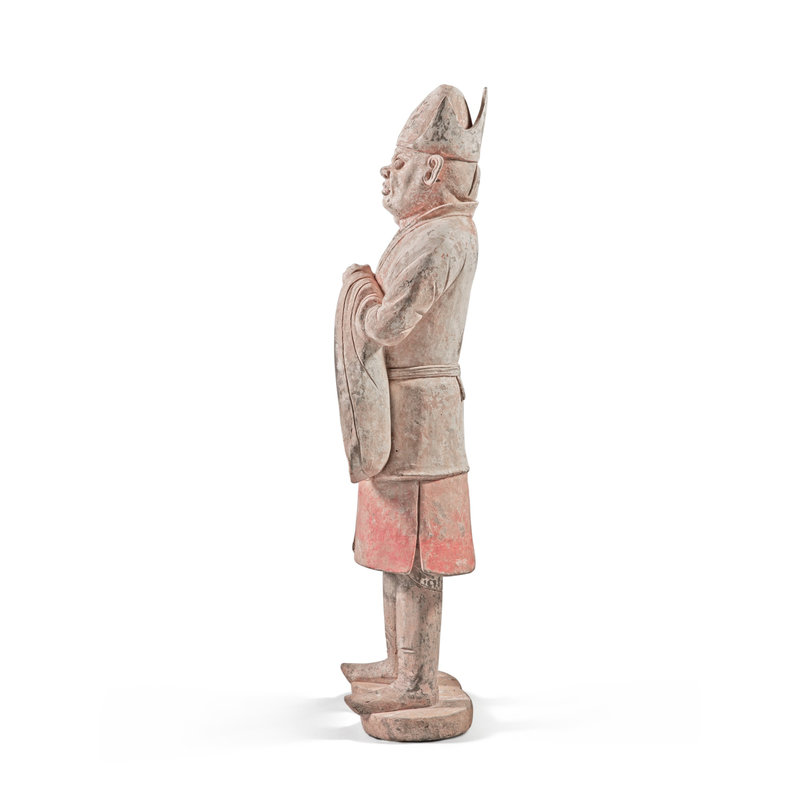
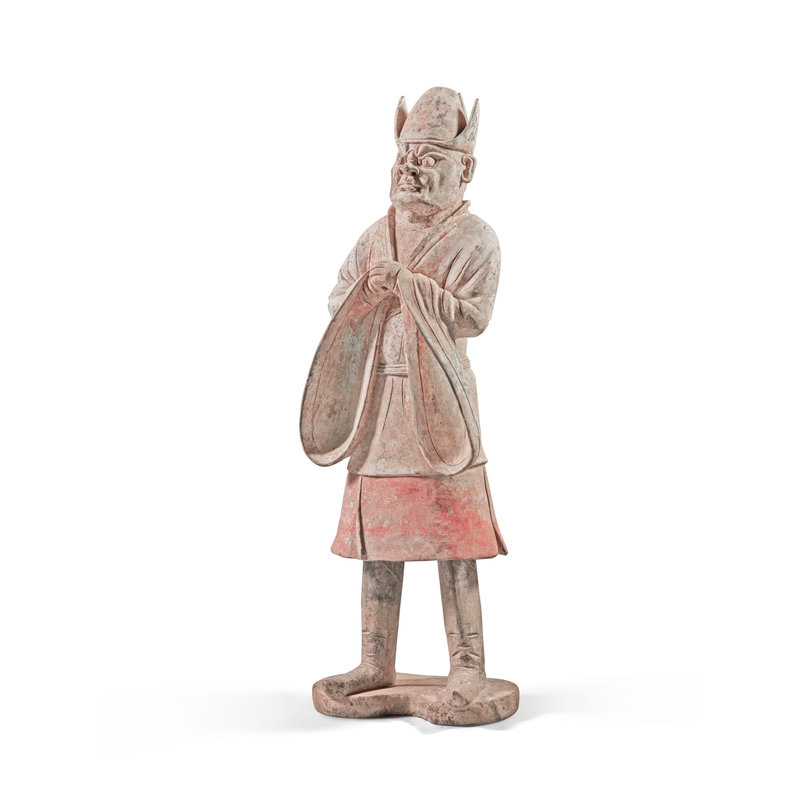
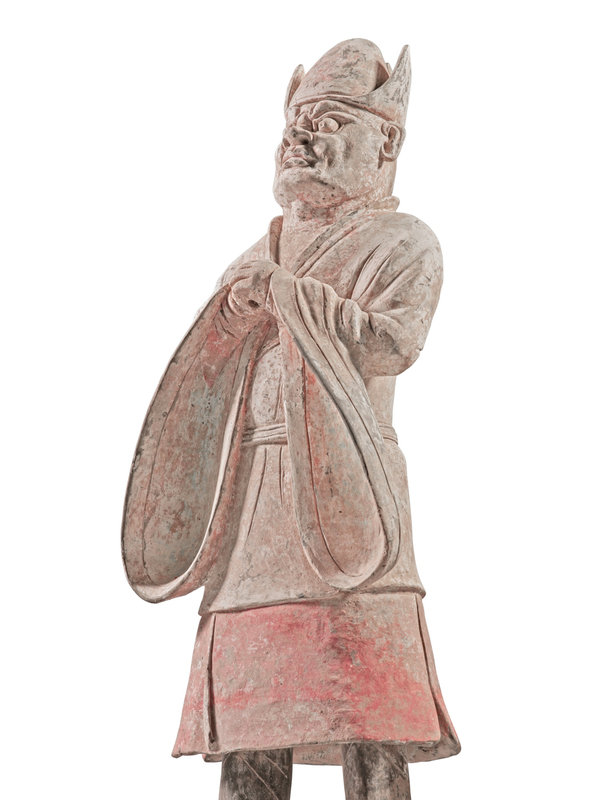

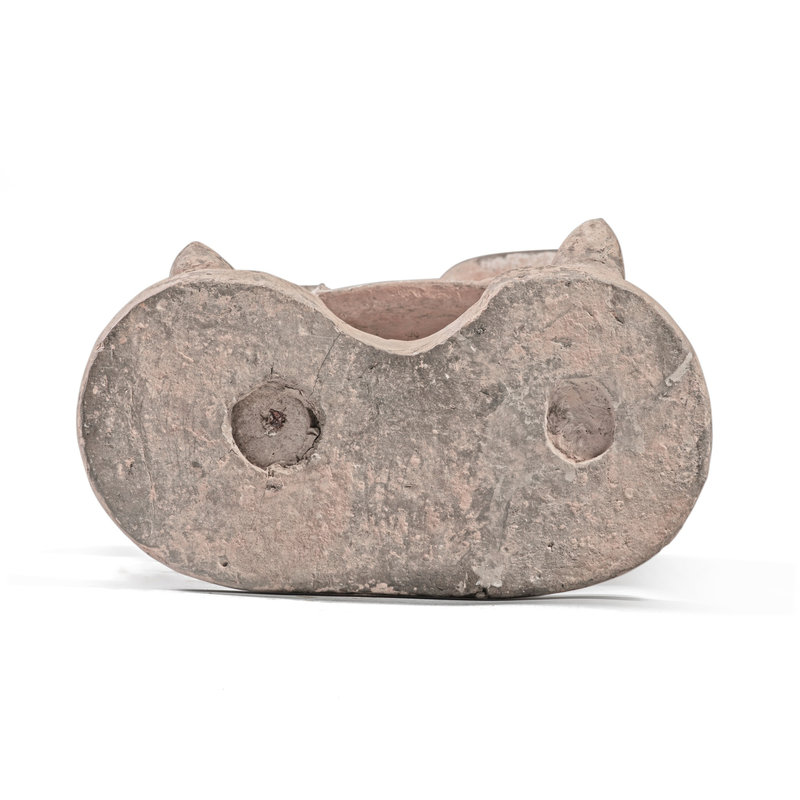


/http%3A%2F%2Fstorage.canalblog.com%2F85%2F29%2F119589%2F129767107_o.jpg)
/http%3A%2F%2Fstorage.canalblog.com%2F85%2F74%2F119589%2F129466310_o.jpg)
/http%3A%2F%2Fstorage.canalblog.com%2F68%2F78%2F119589%2F129355097_o.jpg)
/http%3A%2F%2Fstorage.canalblog.com%2F18%2F75%2F119589%2F129318212_o.jpg)